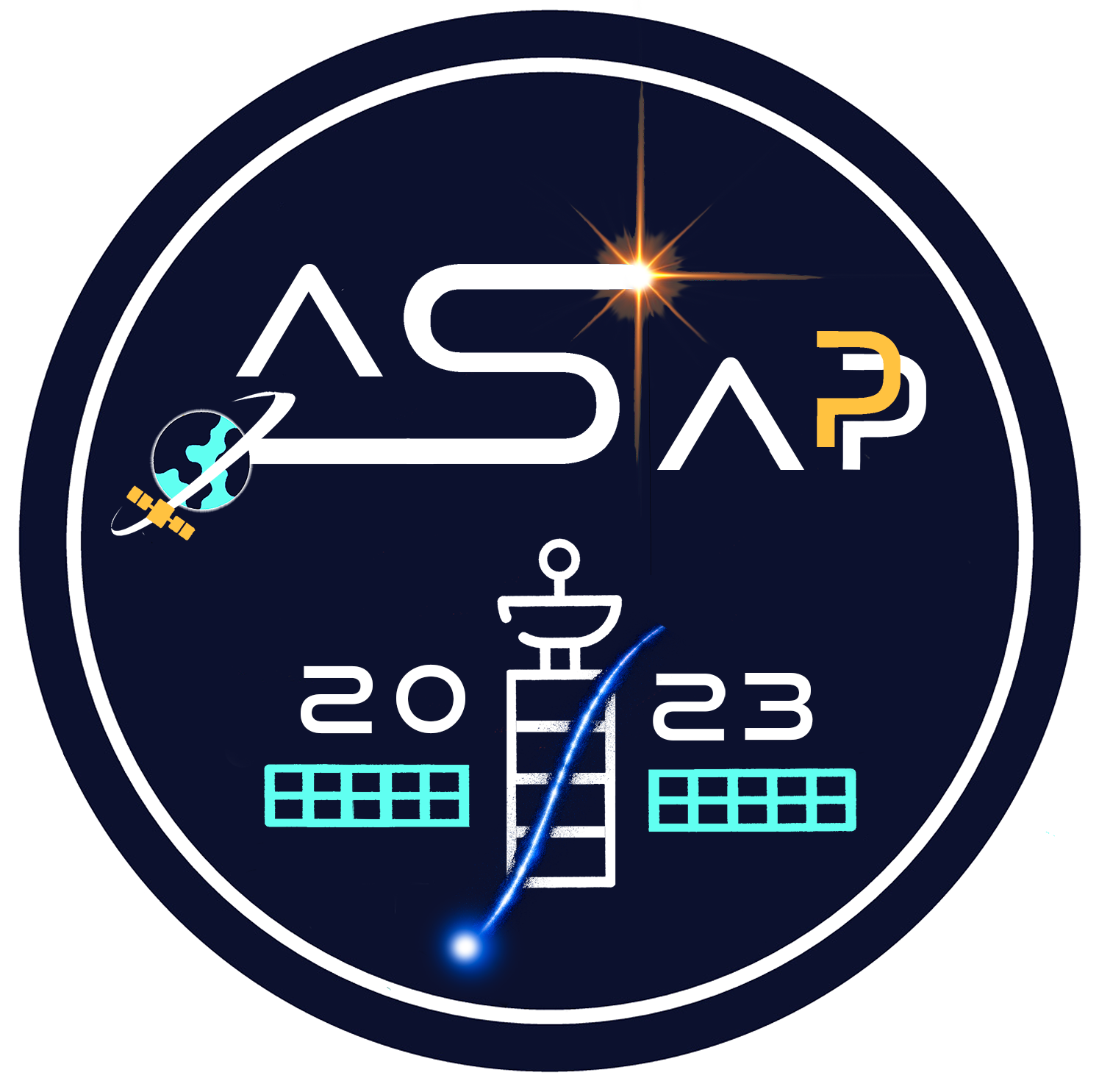Speaker
Description
A new generation magnetic spectrometer in space will open the opportunity to investigate properties of high energy cosmic rays and to precisely measure the amount of the rare antimatter component in cosmic rays beyond the reach of current missions, addressing with unprecedented accuracy open frontiers in multi-messenger and cosmic ray physics such as the matter-antimatter asymmetry, the indirect detection for Dark Matter and the detailed study of origin, acceleration and propagation of CRs and their interactions with the interstellar medium. We present the concept of the Antimatter Large Acceptance Detector In Orbit (ALADInO), a mission proposed in the context of the ESA's Voyage 2050 long-term plan to take over the legacy of direct measurements of cosmic rays in space performed by PAMELA and AMS-02. ALADInO features technological solutions conceived to overcome the current limitations of magnetic spectrometers in space with a design that provides an acceptance larger than 10 m$^2$ sr. A superconducting magnet coupled to precision tracking and time-of-flight systems will provide the required matter-antimatter separation capabilities and rigidity measurement resolution with a Maximum Detectable Rigidity better than 20 TV. The inner 3D-imaging deep calorimeter, designed to maximize the isotropic acceptance of particles, allows for the measurement of cosmic rays up to PeV energies with accurate energy resolution. The design of the instrument has been optimized in terms of layout, weight, dimensions, power consumption and expected data throughput to fit in the limits set for transport and operation in Earth-Sun Lagrange Point L$_2$ using a space vector opportunity already accessible nowadays. The operations of ALADInO in L$_2$ for at least 5 years would enable observations with groundbreaking discovery potentials in the field of astroparticle physics by precision measurements of electrons, positrons and antiprotons up to 10 TeV, of nuclear cosmic rays up to PeV energies, and by the possible unambiguous detection and measurement of low-energy antideuteron and antihelium components in cosmic rays.
